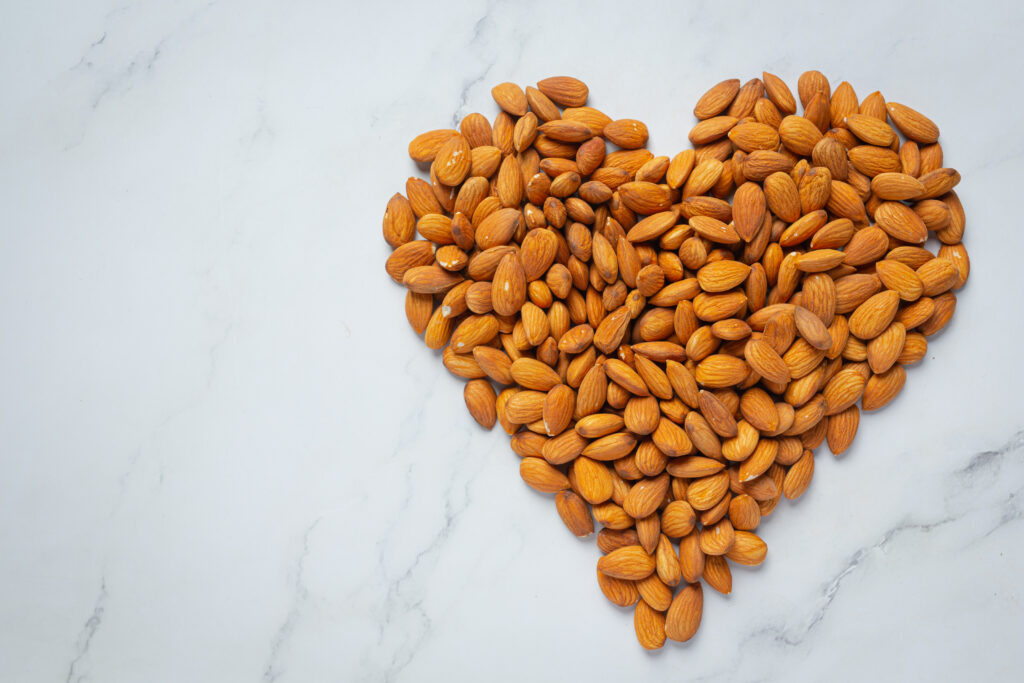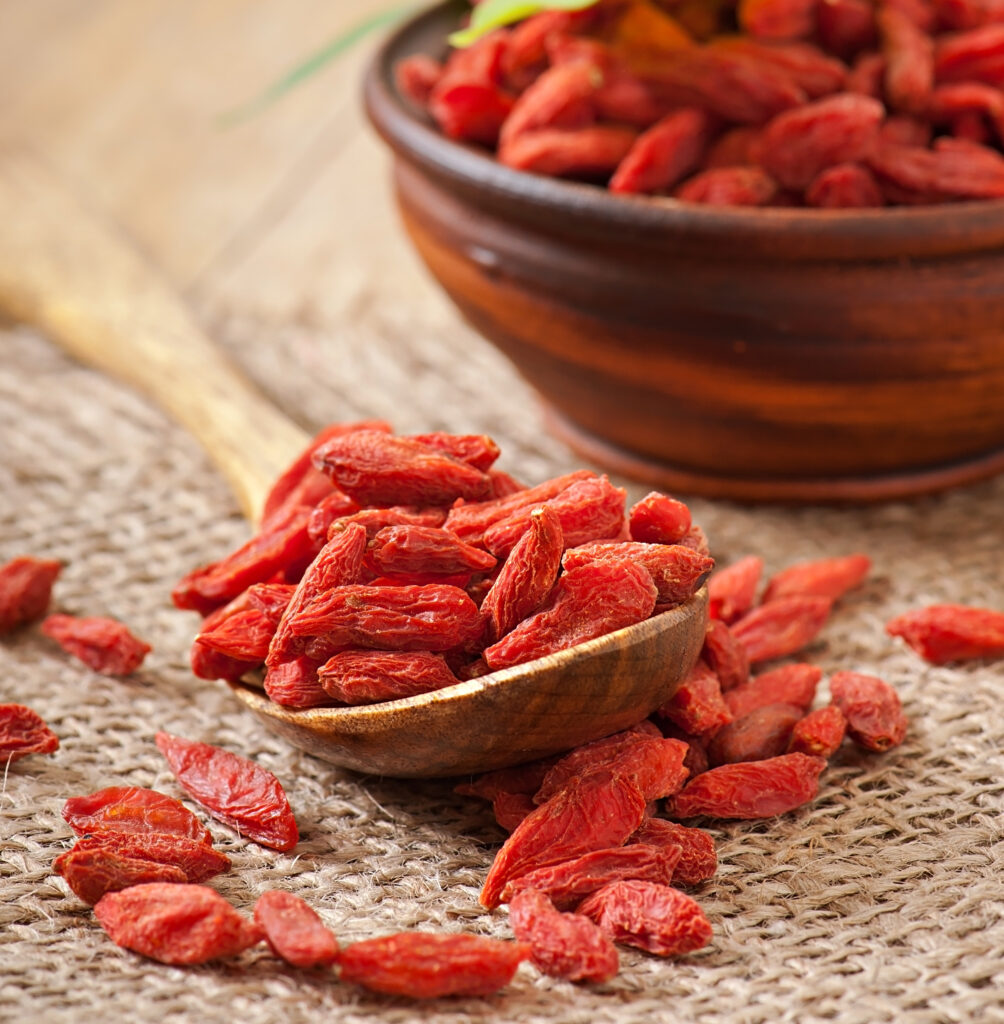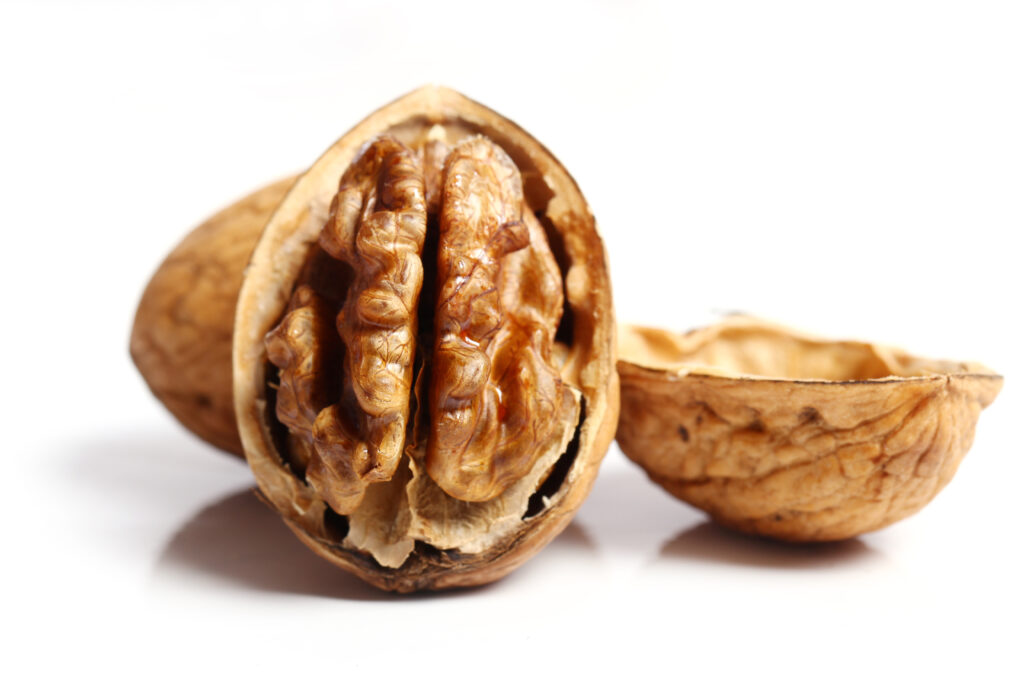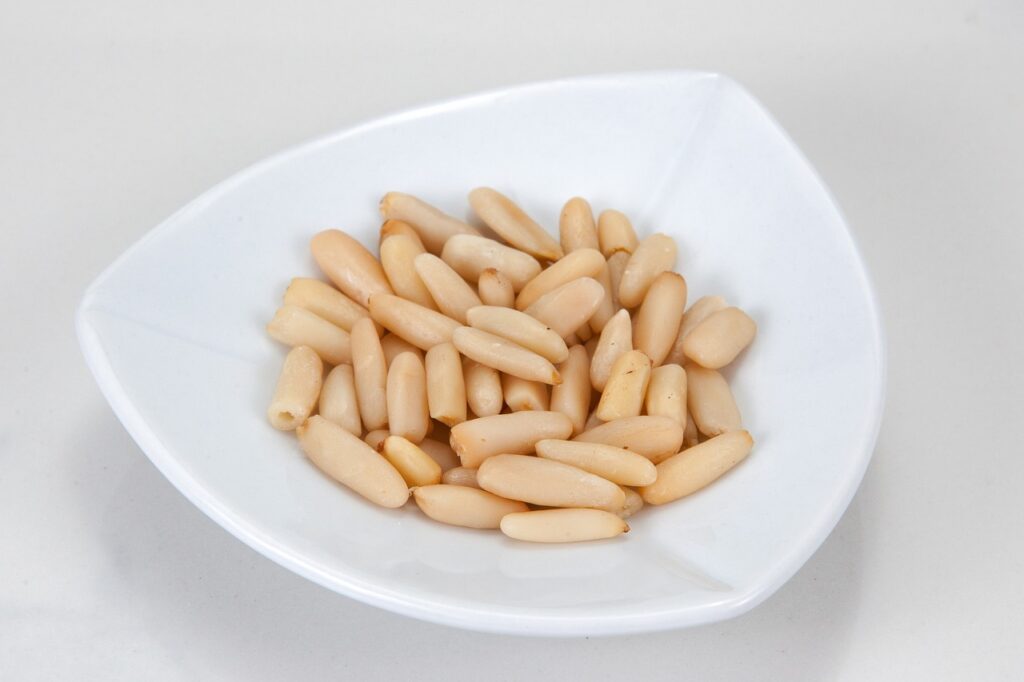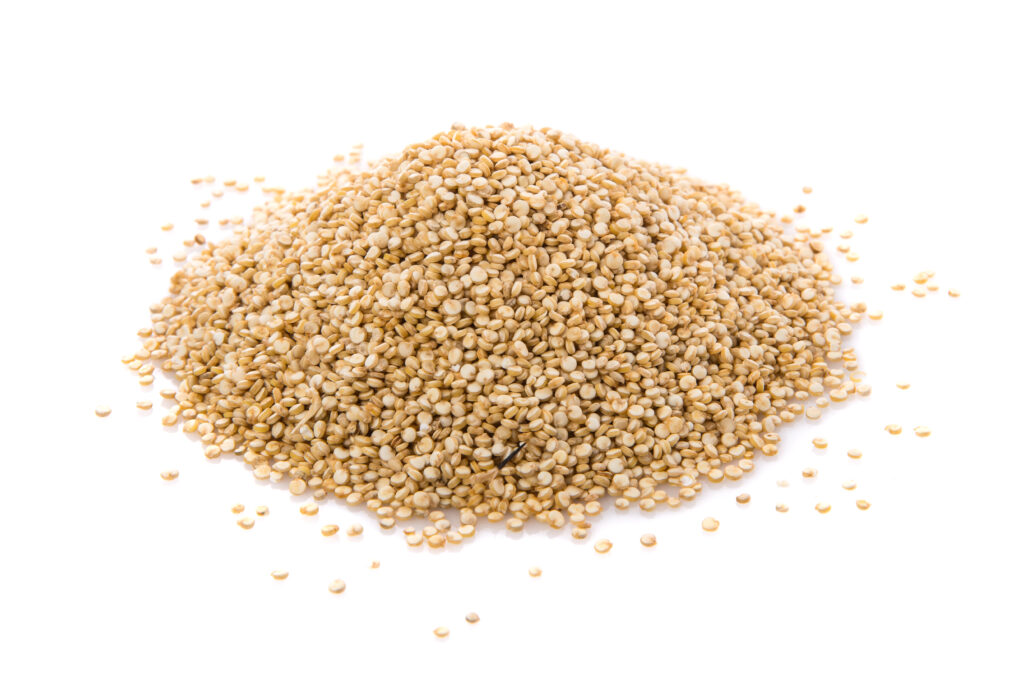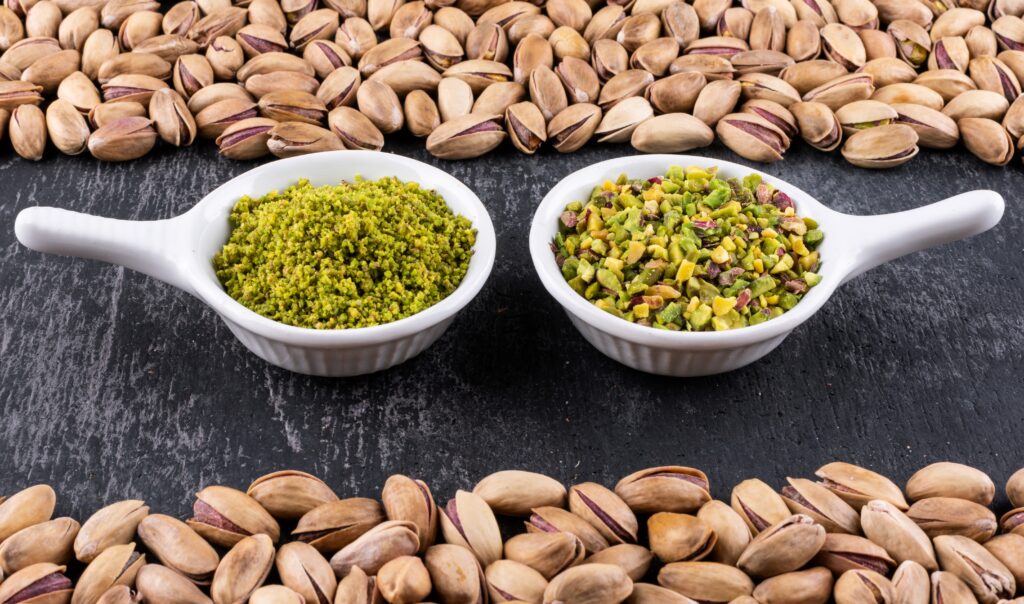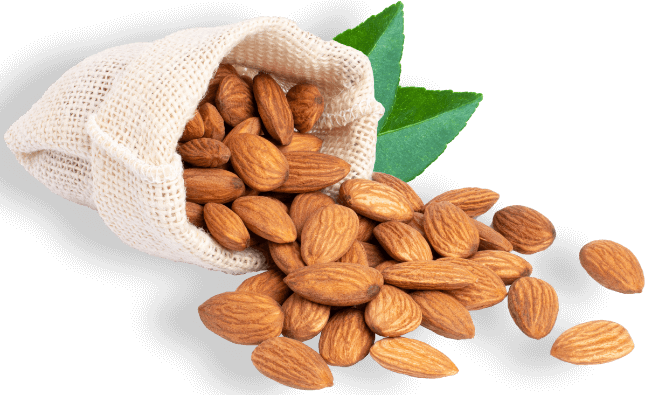The Trumps Market Update offers information on the current news & trends of select nuts, fruits & seeds across the world, see below.
Australian Almonds: Processors struggling to meet the usual high- grade standards expected of Australian Almonds. Imported Almonds might be needed to bridge the gap until new crop. Changing weather conditions have been worrying Australian growers as the 2024 crop sets.
The supply situation looks good, Goji berries prices continue to rise. Weather conditions has been good in most growing areas and a similar crop to 2022 is expected. New crop pricing is opening at around the same level as current crop and should be stable until Christmas and Chinese New Year buying is competed.
Growing conditions have been excellent hence the higher estimated production. Quality and lightness of the walnuts are also expected to be much improved over 2022 crop due to good growing conditions and very little heat damage. First new crop offers are just starting and are at higher- than- expected levels. The average export market prices would need to be above US$2.25 – 2.35/ lb FAS basis.
New crop volumes will be significantly lower that was presented at the INC meeting in May this year. The prices increased for all varieties by US$1.50 – $2.00 per Kg in the last 2 weeks. Processors are stating that one wants to sell below the cost of raw materials plus processing costs. However, it will be about supply and demand in a very tough market. Cover now until end January and watch how this market reacts to these higher-than- expected prices. Prices could ease later on if demand slows.
New crop Shineskin production is expected to be 130.000- 150.000 tons, while new crop GWS is expected at around 10.000-12.000 tons plus carryover of around 1000 tons for a total supply of 11.000-13.000 tons. New crop product is expected to arrive late November/early December.
Quinoa prices are up sharply. This market update aims to provide grain buyers with a comprehensive analysis of current trends, risks, and opportunities in the quinoa market.
Farmers were quick to respond to the higher prices, expanding acreage and having good production in 2020, 2021 and 2022.
We are seeing the same pattern: steady climb from April 2022 to June 2023 followed by a steep jump which we are seeing these past weeks.
The 2023 Bolivian crop was initially projected to be much better than the previous year, however a prolonged drought followed by late rains damaged the plants. These late rains reduced supply to around 40.000MT (down from 57.000 expected).
The current outlook for the 2024 crop is not encouraging, as some important producer regions in Potosi and Oruro are still waiting for rains or snowfall to bring more humidity to the soil.
Producer warehouses are starting to be thin on inventory. Demand for Bolivian quinoa recently showing signs of returning to pre-Covid levels.
Moreover, Peru’s largest quinoa experienced a severe drought, which brought down the country’s overall supply from 95.000 MT to 62.000 MT in 2023. This is so far the worst output from Peru.
The second crop from Ayacucho region is expected to bring some relief, mostly for red quinoa, however supply of organic white quinoa will remain tight.
The European market reduced purchases of quinoa from Peru due to tight regulations and controls on organic products.
The recent tropical storm in Southern California was of major concern, with high winds hitting some orchards and knocking nuts to the ground. Of more concern is moisture staining the shell. Luckily the crop is running around 10 days late and it is hoped the nuts were still too green to have been hugely affected by the wind and rain. We are unlikely to see any new crop shipments until October.
Big crops usually produce smaller nut sizes, with very few 18/20 inshell expected. There has been some business done already at levels just below 2022 crop pricing.
The Iranian crop also continues to develop well. If conditions continue to be good, the quality is expected to be excellent, and prices should be competitive for inshell and kernels. There is a chance we could see some first new crop inshell here just in time for Christmas if we act fast and the crop harvest is not delayed.
American pistachios remain domestic at 28%, Europe at 22% and Asia (China/HK) at 30%. Other important markets include the Middle East and Africa at 15%. We are ending our second week of harvest and the crop quality is still good.
The general information contained in this Market Update is based on the best available information that is current at the time of distribution. It is to be used as a guide only and is not intended to be relied on for your purchasing decisions.
If you would like further information on any of our products please contact your rep or our customer service team. They would be happy to assist.


